- Contemporary understanding of ventricular mechanics with identification of the structure and function of the ventricular myocardial band
- Detailed description of the anatomic proximity of cardiac structures and how knowledge of this proximity helps prevent intraoperative complications and damage to critical cardiac structures
- Comprehensive description of aortic root anatomy and mechanics and application of how this anatomy dictates performance of transcatheter aortic valve replacement
Latest Updates

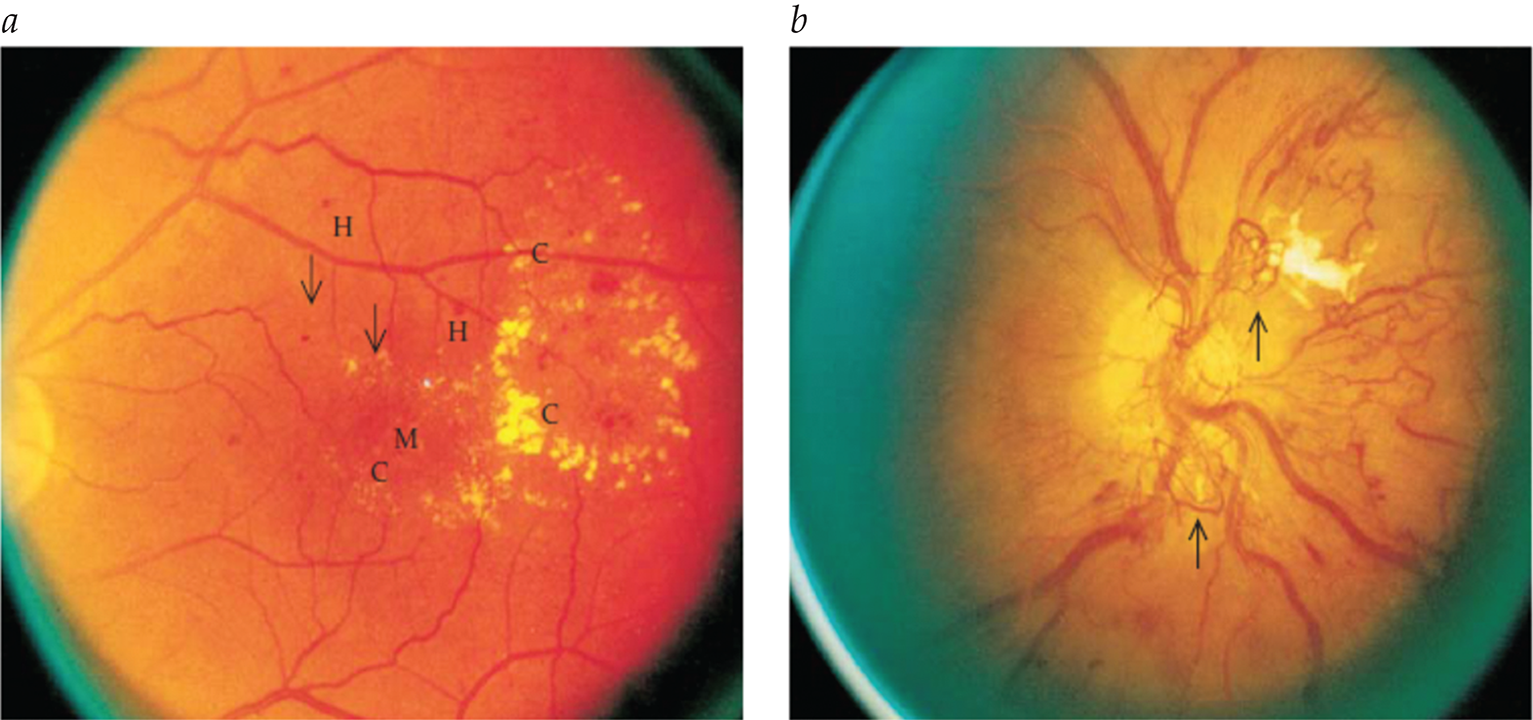
Microvascular Complications of Diabetes Mellitus
- Nonmydriatic fundus cameras with digital transmission enable efficient, remote retinopathy screening supervised by ophthalmologists.
- Two-step approach: significant lesions in digital retinal photographs prompt full ophthalmologist examinations.
- Cost-saving strategy for retinopathy screening, particularly beneficial in remote areas.
- Newer drugs (SGTLT 2 inhibitors, GLP-1 agonists, MR antagonists) offer added cardiovascular and renal benefits in diabetes.
- Chronic complications in diabetes require specialized management and consultation with appropriate specialists.


Microvascular Complications of Diabetes Mellitus
- Nonmydriatic fundus cameras with digital transmission enable efficient, remote retinopathy screening supervised by ophthalmologists.
- Two-step approach: significant lesions in digital retinal photographs prompt full ophthalmologist examinations.
- Cost-saving strategy for retinopathy screening, particularly beneficial in remote areas.
- Newer drugs (SGTLT 2 inhibitors, GLP-1 agonists, MR antagonists) offer added cardiovascular and renal benefits in diabetes.
- Chronic complications in diabetes require specialized management and consultation with appropriate specialists.
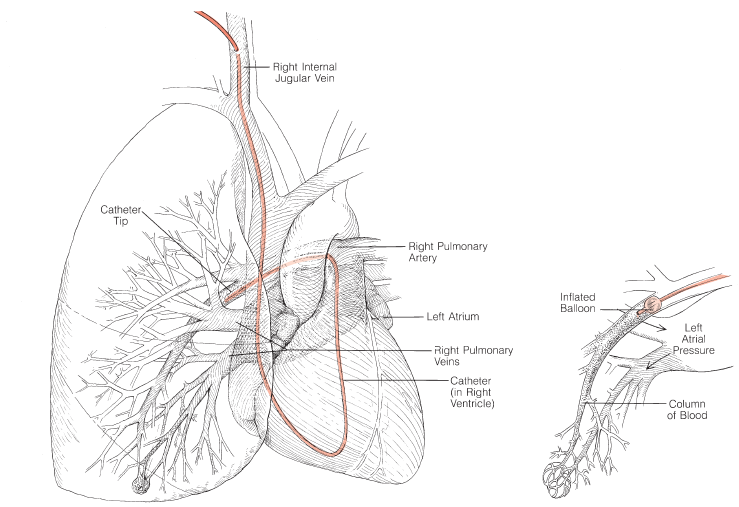
- Early recognition of shock is difficult but essential for preservation of cellular and organ function and survival. The earliest clinical signs are nonspecific, with the initial inflammatory response including tachycardia, fevers, or cool or clammy skin.
- The approach to shock ultimately requires understanding and correcting its etiology (eg, antibiotics and source control for sepsis, thrombectomy after massive pulmonary embolus, hemorrhage control after trauma, and so forth). However, until these are diagnosed and addressed directly, clinicians ultimately have three approaches in their armamentarium: volume expansion, vasopressors, and cardioactive agents.
- The PAC was introduced in 1970. Its use increased over the next 3 decades and eventually was considered the standard of care for most critically ill patients. However, the use of PACs declined rapidly after the results of the randomized, controlled trial published in the New England Journal of Medicine revealing no benefit in high-risk surgical patients.
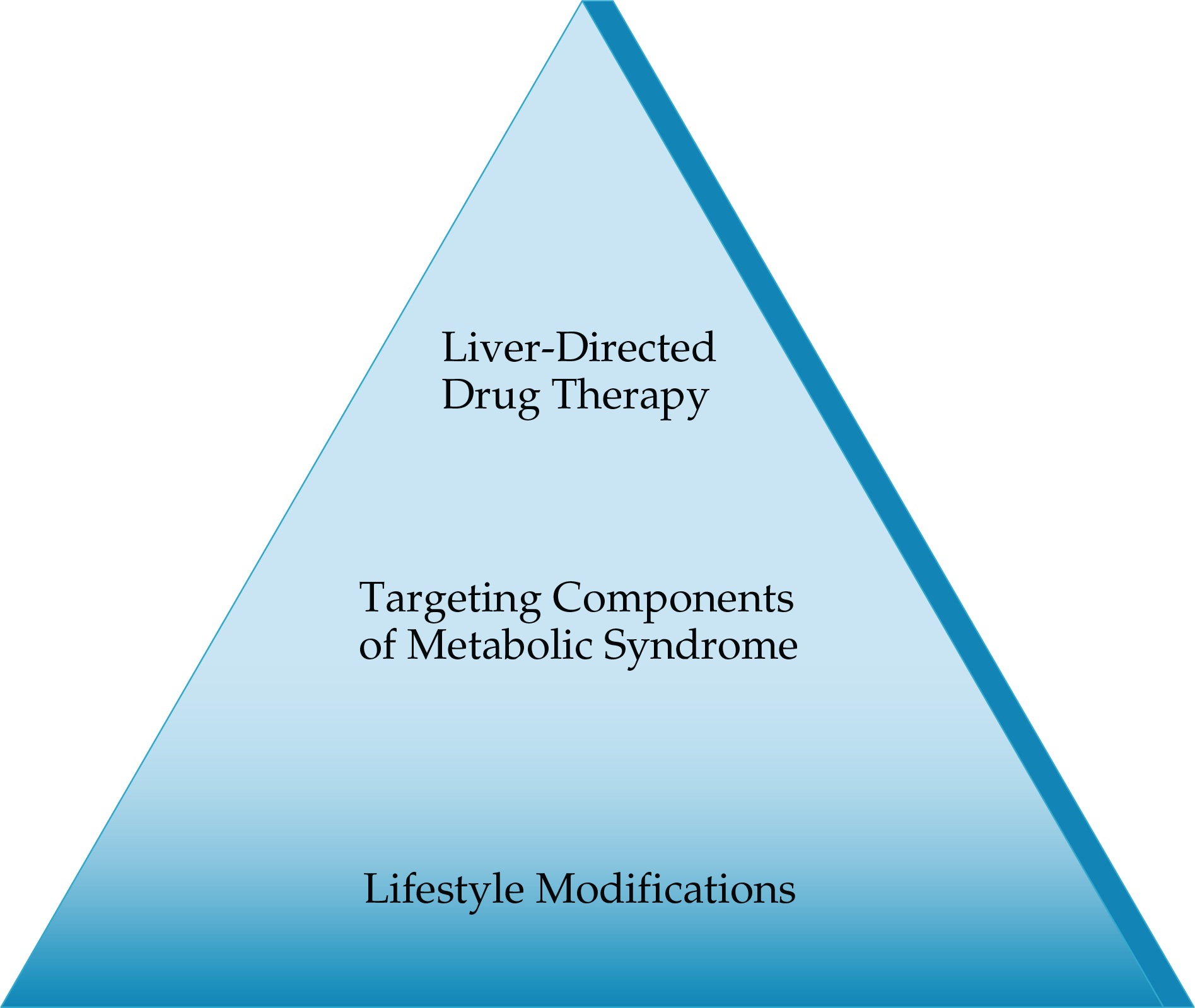
Nonalcoholic Fatty Liver Disease
- Imaging modalities in the assessment of NAFLD
- Controlled attenuation parameter as a point of care measure for hepatic steatosis
- Proton density fat fraction as MRI based measure for hepatic steatosis
- Liver stiffness measurement on elastography as a correlate of hepatic fibrosis or cirrhosis
- Active clinical trials in phase 2b and 3, yet no FDA approved therapy
- Intense lifestyle changes with 5-10% weight loss can improve fibrosis and steatosis
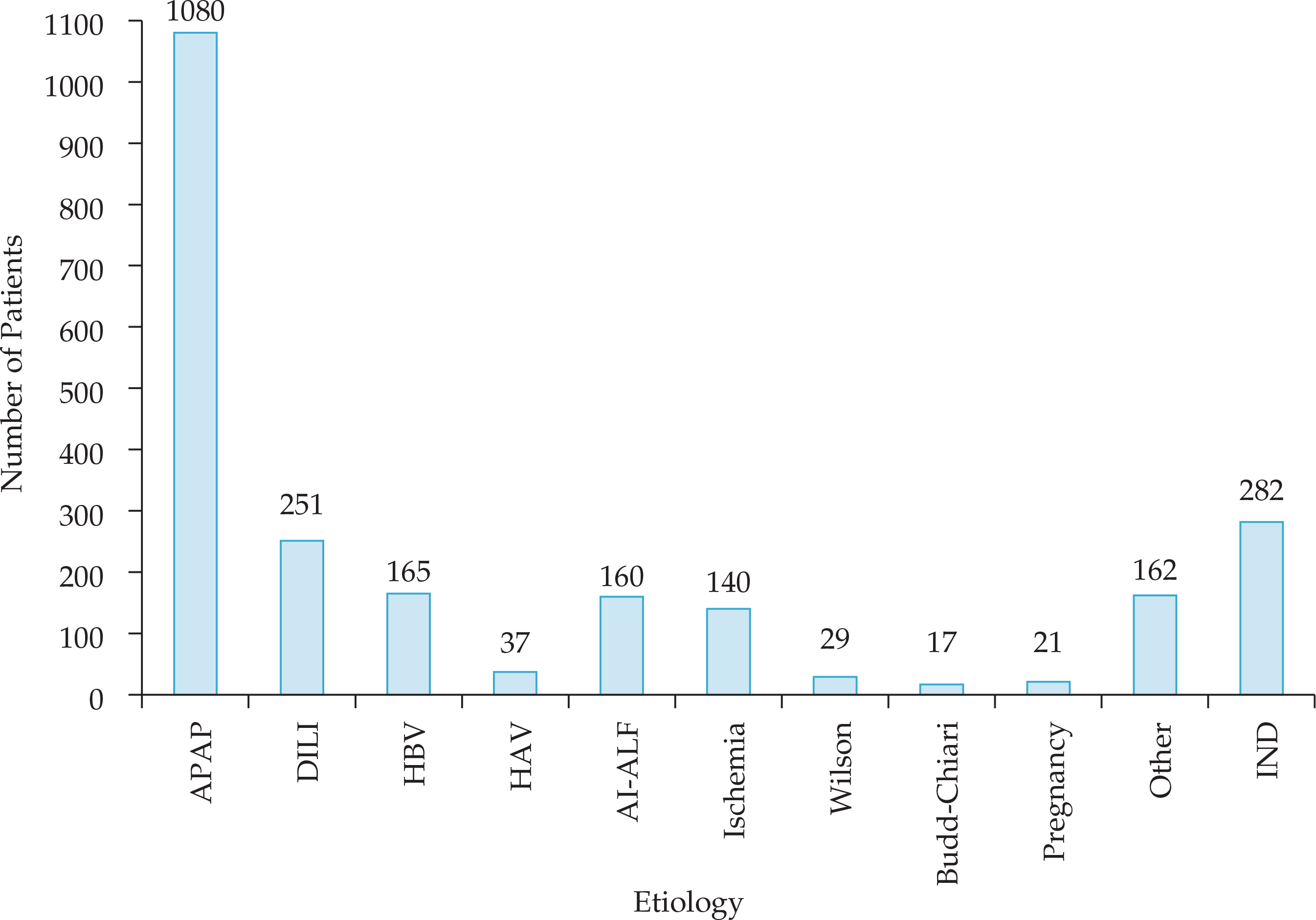
- Improved intensive care management of patients with acute liver failure (ALF) has decreased the incidence of cerebral edema/intracranial hypertension
- High-volume plasma exchange improves overall survival in patients with ALF
- Improved understanding of the abnormalities of global hemostasis in patients with ALF
- Improved sanitation and mass vaccination has decreased the incidence of ALF due to hepatotrophic viruses

Cardiac Arrhythmias, Acute Coronary Syndromes, and Heart Failure in the Surgical Patient
- To recognize and treat important cardiac arrhythmias in the surgical patient using the latest advances
- Most up to date guidelines in management of Acute Coronary Syndrome (ACS) in Surgical Patients
- Recent progress in management ofheart failure in postoperative and traumatic patients
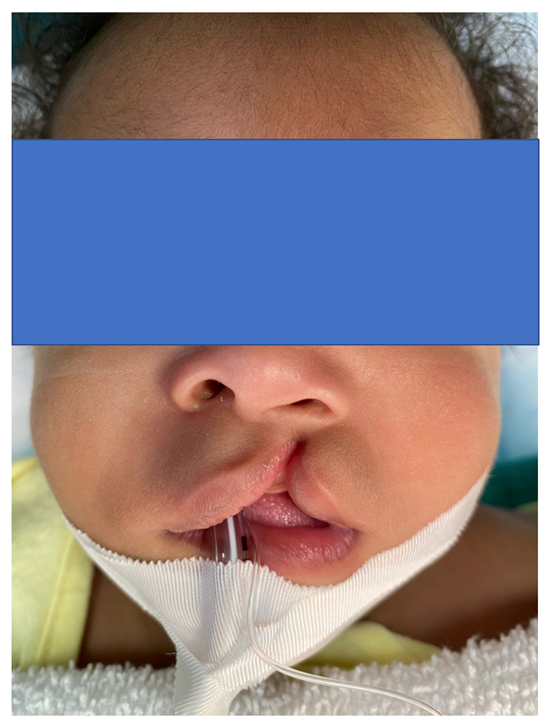
Evaluation and Management of Cleft Lip and Palate
- Lip Taping and nasoalveolar molding pre-operatively can greatly improve surgical outcomes.
- 3-Dimensional printing used to make nasoalveolar molding appliances


.png)






